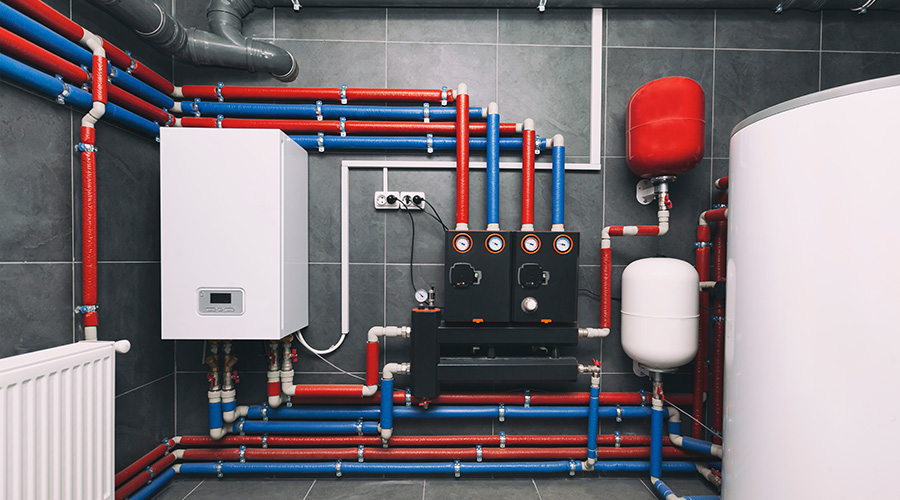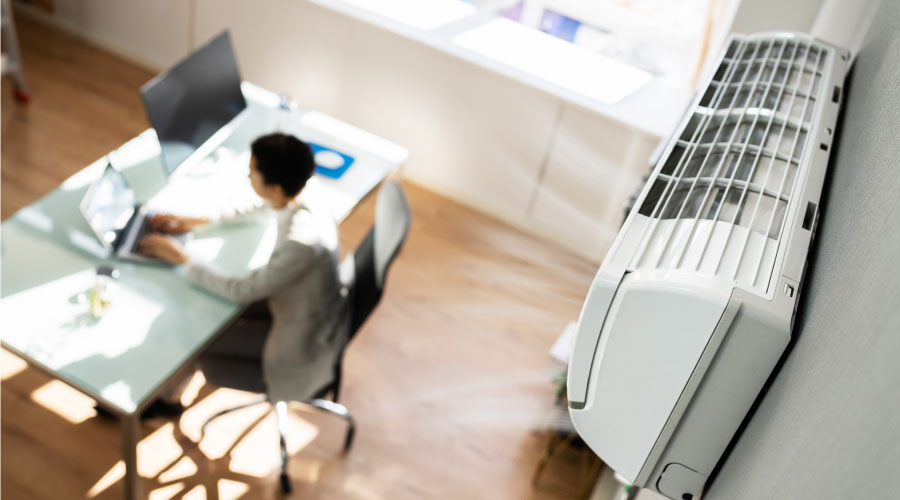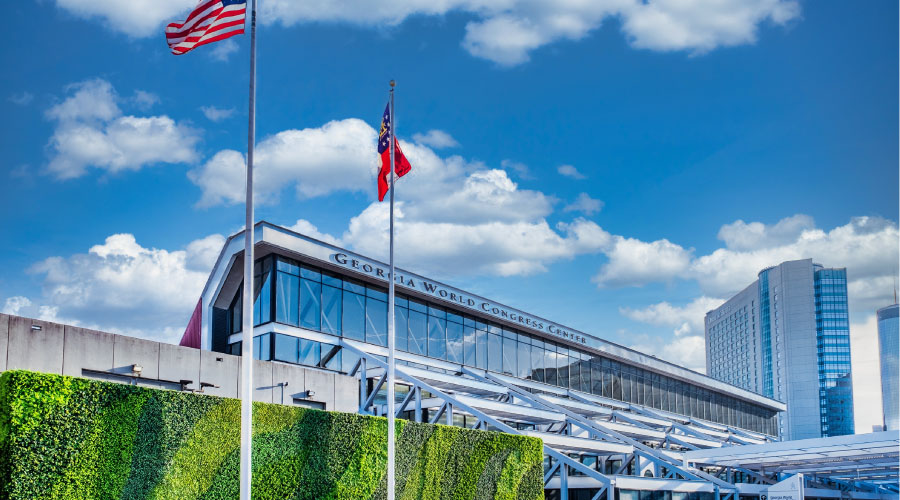Keep Cooling Needs in Mind for Uninterruptible Power Supplies (UPS)
More hot issues in cooling
Managers trying to make specification decisions for supplemental cooling in their facilities must look beyond servers for the sources of heat. Consider telephone-switching equipment, for example. Mike Paulson of AmeriCool Inc. advises managers to assess the cooling needs of such equipment by determining the point of highest call volume.
"Is it after hours or during the day?" he asks. "The time of the highest call volume will determine peak heat load."
Though uninterruptible power supplies (UPS) do not run continuously, managers also might want to keep their cooling needs in mind.
"People sometimes will go in and determine the amount of heat given off by all the servers, but they won't even look at the UPS system," Michel says. "In some cases, the UPS system gives off more heat than the servers do, particularly in smaller rooms. It's not anything particular about the UPS. It's that (managers) have servers on the mind. In a lot of the server rooms we see, the UPS is stuck in the corner with a cardboard box sitting on top, and you don't even see it or think about it, really. But it is contributing to the heat load in the room."
Lighting systems and components also contribute heat to spaces such as server rooms and, therefore, require managers' attention.
"Lighting can be major heat load, so an accurate estimate of the space heat gain from lighting is necessary," Stevenson says. "The calculation of this load is not straightforward, so adjusting factors are necessary from light wattage based on the type of lighting, usage and other factors."
Managers also need to assess the activity levels of people who work and move through these rooms.
"Are the people just in and out of the room, or do they physically stay and work in the room?" Behnke asks. "If they work in the room, you can figure that each person generates 550 Btus per hour. So if you have 10 people in the room, you already have a half-ton of air conditioning."
Finally, managers will have to take into account the location of the server room or other space needing cooling in relation to the rest of the facility. For example, is the space against an exterior wall or surrounded by other interior spaces?
"If it's an exterior room, which direction is it facing?" Behnke asks. "How much sun is beating on that exterior wall, how much heat is coming into the room? Or if the room is sitting right next to a mechanical room, there could be a lot of heating coming through the wall."
Related Topics:














